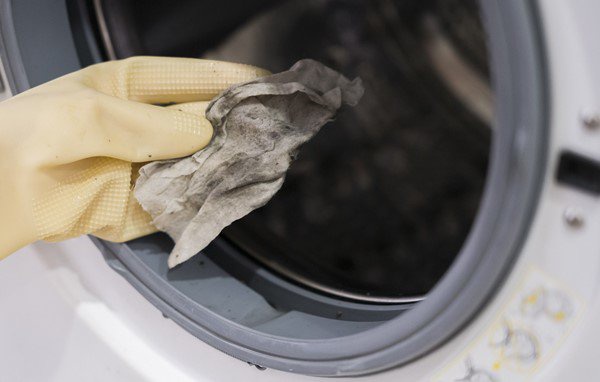
It’s easy to forget about cleaning your washing machine, especially when you’re regularly washing your clothes. Over time, your washing machine can start to develop an unpleasant odor, which may transfer to your clothes. To prevent this, here are some tips to keep your machine fresh and odor-free.
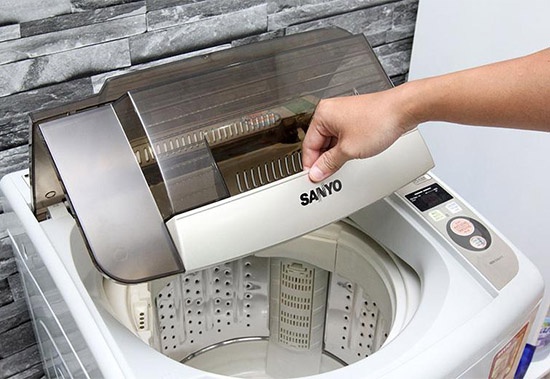
Leaving the washing machine door closed when not in use creates an ideal environment for mold and mildew to thrive, leading to unpleasant smells and potential damage to your laundry. To avoid this, keep the door ajar to allow air circulation and prevent the buildup of moisture and odors.

It’s best not to leave wet clothes in the machine for extended periods. Removing them promptly after the cycle finishes prevents bacterial growth in the machine and ensures your clothes stay fresh and mold-free.
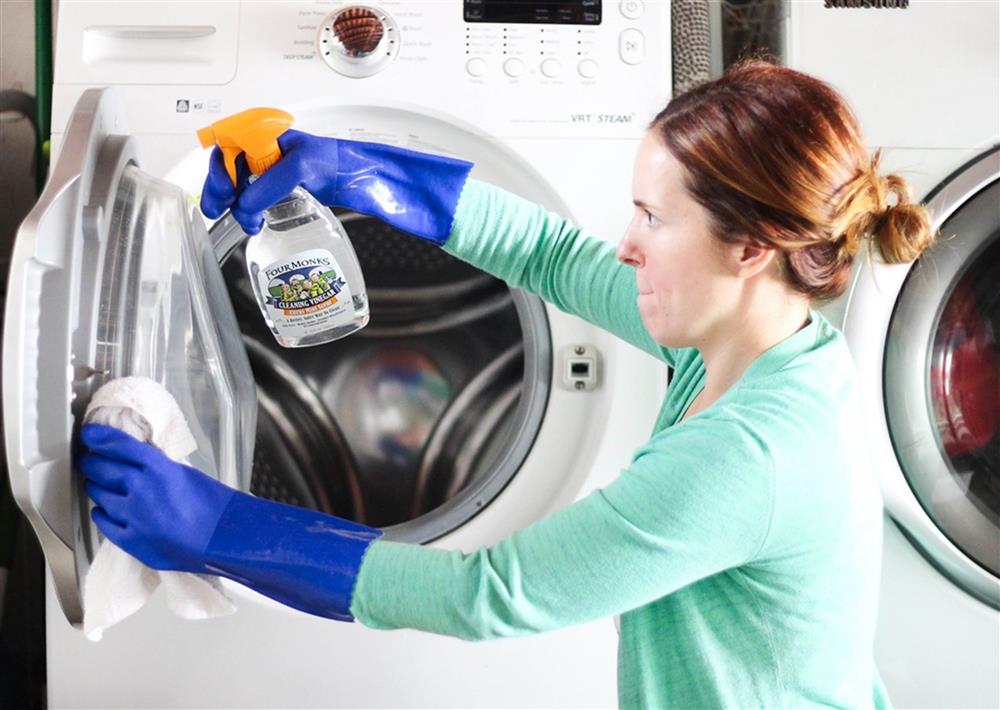
Regular cleaning of your washing machine is essential, especially if it’s in daily use. Wipe down the lid, drum, rubber gasket, and detergent tray after each use to keep your machine in top condition.
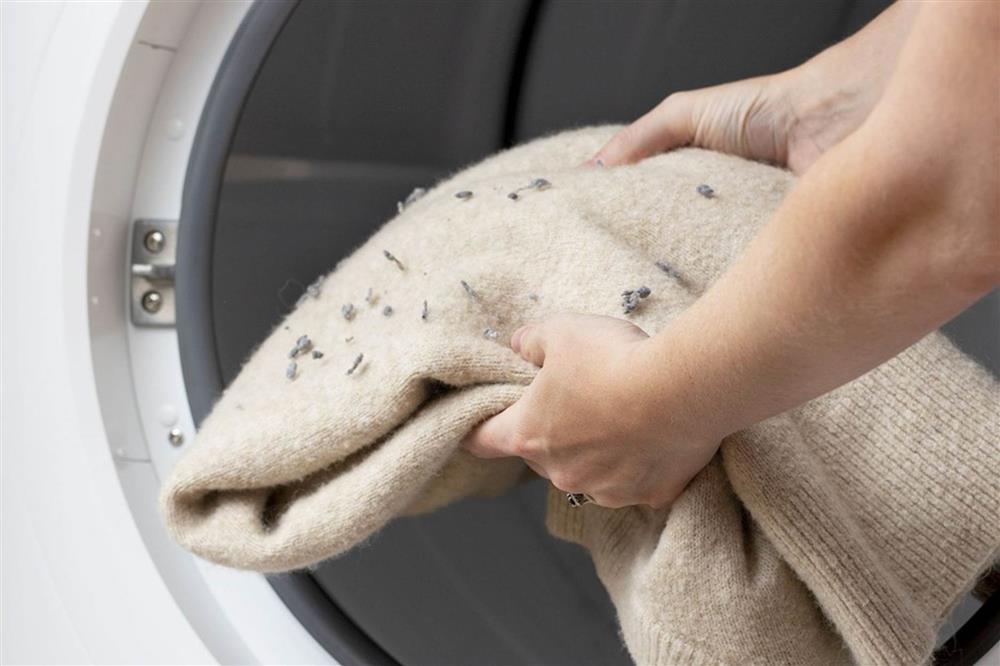
According to Cnet, the rubber gasket is a critical area that requires regular cleaning due to its constant exposure to water and detergents. They also recommend cleaning the drum by removing any pet hair, lint, or debris that may be left behind after washing.
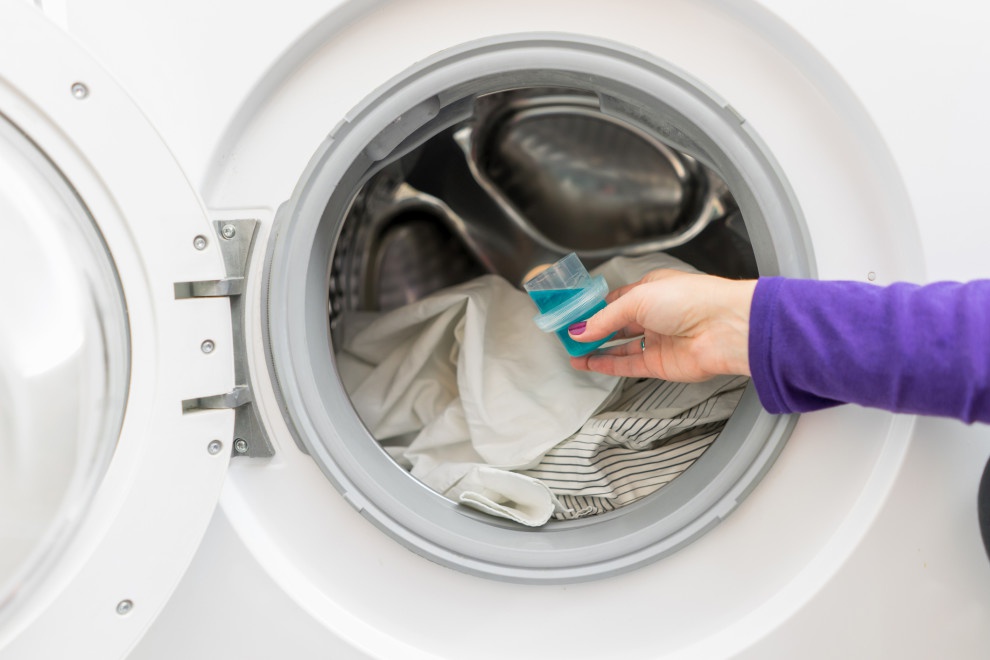
Using the correct type of detergent for your machine is essential. Opt for laundry powder or tablets instead of liquid detergent. Also, be mindful of using the right amount of detergent; too much can cause residue buildup and leave your clothes smelling less than fresh.
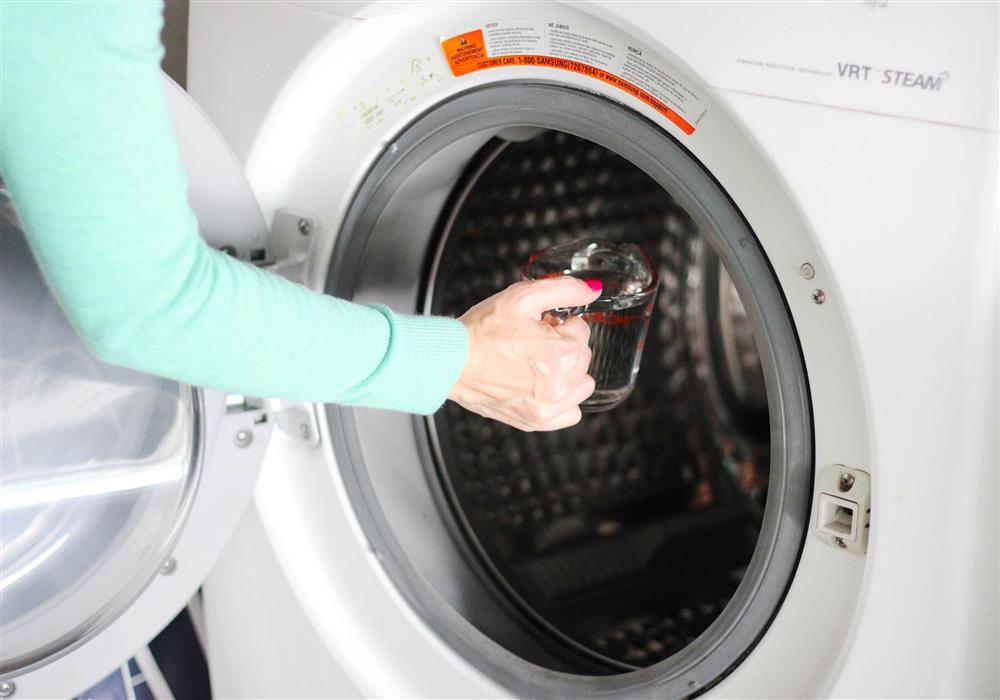
For a deeper clean, add vinegar or cleaning agents to the drum and run a hot water cycle to eliminate odors, stains, and detergent residue. You can also utilize the machine’s self-cleaning cycle, if available, to remove any remaining moisture and grime.
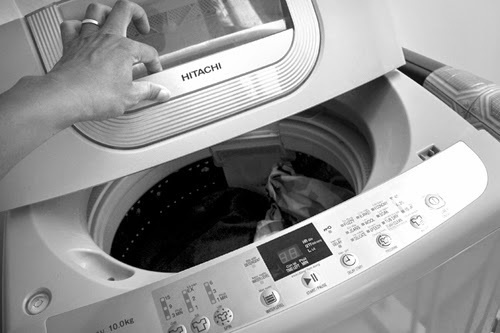
Finally, keep the washing machine door ajar after use to allow for air circulation and to dry out any remaining moisture. It is recommended to perform this cleaning routine once a month to maintain a hygienic machine.
Source: Zing

































